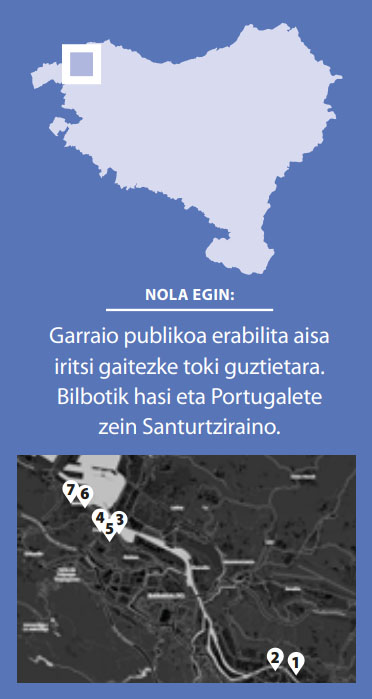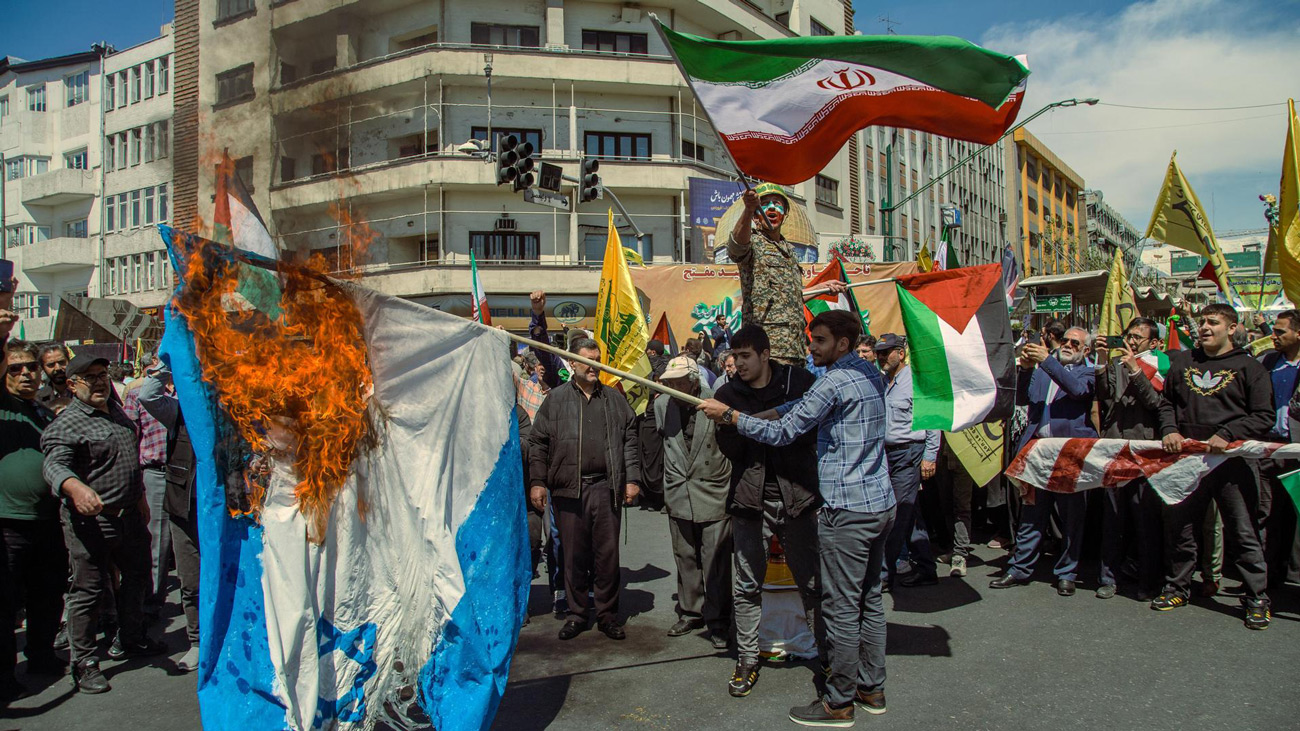
We are in the most industrialized territory of the Basque Country, the Left Margin of the Ibaizabal, or the Ría de Bilbao, if you will. Here the fireplaces had ordered it once. But to feed them, we used not only coal, but also the sweat of thousands of workers, and even more, we used the blood of millions of slaves. The capital to receive these fireplaces accumulated, in large part, with the money from the distant slave colonies.
As Robert Wedderburn, a radical Anglo-Saxon abolitionist, said, the capitalist side of history is associated with expropriation, that of the proletarians must relate to resistance. We have read it in the book The Hydra of the Revolution (Hydraren Iraultza, Traffickers of Dreams, 2022) by Peter Linebaugh and Marcus Rediker. Wedderburn knew that the revolution would not take long to come, both in the colonies and in the factories and the mines. But the slaves of the Spanish Empire remained a century more entrenched in this inhumane practice, and these processes of liberation from the beginning of the nineteenth century hardly have any place in the narrative of the past of our cities, Bilbao is the example.
In  Bilbao, the Zumardi and Avenues are still found everywhere in tribute to Spanish governors, ministers and military. In this tour we have noticed one: Calle Luis Power (1), Deusto.
Bilbao, the Zumardi and Avenues are still found everywhere in tribute to Spanish governors, ministers and military. In this tour we have noticed one: Calle Luis Power (1), Deusto.
We will read in some media that Luis Power Echavarri was a “brave stranger” and a “hero” for his role in the uprising against the French of 1808 in Bilbao. But he cannot forget that his career and fortune were due to his father’s work as an agent of the Black Seat Company in Puerto Rico. This information appears on the map of the web España Slavery, recently edited by researcher Martín Rodrigo Alharilla. The POWERS, although of Irish origin, had the grandfather of Bordeaux and owned boat corsaries such as Perla Vizcaina.
Later, in the 19th century, the expeditions left the docks of the Arenal de Bilbao (2) to the sale of slaves by order of the trafficker Juan José Zangroniz. For example, in 1816, the boat Flora sailed to Africa. But that's not going to be read on any street or on any plate.
Following the map of Spain Slavery we can go down the river to Portugalete to visit the property of the great slave Manuel Calvo, which in Cuba had a Portugalete sugar bowl of 200 slaves. The Gran Hotel Puente de Portugalete (3), its old palace, a giant pantheon in the cemetery (4), Manuel Calvo Street (5)… Calvo has left a long shadow in this town.
Later, if we arrived at Santurtzi, we will see the sculpture in tribute to Cristóbal Murrieta (6), the financier who with the company Matía and Menchacatorre Cía played an important role in the importation of Chinese settlers to Perura and who apparently made the construction of both the Santurtzi Maritime School (7) and other infrastructures to wash.
Santurtzi also named a slave boat: Santurzano hunter. In 1833, with the already illegal slave trade, 681 Africans or bumps were transported to Cuba, under the captain of the Santurtziarra Angel Elorriaga. Who was behind this operation? Among others, José Antonio Ybarra, passionate about these investments and a member of a familiar family that has stood out on the capitalist side of history.
[This article has been published in the special journal of page 2024 108 of the ARGIA Keys. People will receive LIGHT on paper or in PDF, depending on their choice. If you haven’t taken the step yet, do ARGIA and we’ll send it to you with great pleasure! The rest you can buy at the Azoka]
The following infographic is based on the report number 55 of the Delàs Peace Research Center of Catalonia, published in October 2022. In the report, Xavier Bohigas, Pere Brunet, Teresa de Fortuny, Anna Montull García and Pere Ortega analysed in depth the links between... [+]
Predicting the end of anything has become fashionable. The end of the human being, ideologies, community, authority, philosophy, or democracy. Are they labels full of sensationalism?
Maybe it was Francis Fukuyama who started that final fashion. After the collapse of the Berlin... [+]
From the Mountain of Navarre, thousands of people took to America in the 19th century to survive in grazing or other activities. Historian Raquel Idoate recovers in her thesis the history of some 4,000 of them: how the trip was made, how they were invested in, roles about... [+]
I have to go to the hairdresser,” I thought at the beginning of the course, and I didn’t go. I started with long hair and ended in the same way (halfway down the road I made a mohín and cut a piece of it. Nobody noticed. Neither do I.) It hides me if I lack the gesture and,... [+]
The epic is built on the lives of many men and knowing that makes society more mature.” The writer Bibiana Candia is right. In Azucre (Pepitas de Calabaza, 2021) we are told the tragedy of the enslaved Galician migrants of the 19th century, but that story would have been... [+]
Despite the black skin and curly hair, they remained invincible men, with the intelligence and resentment of human beings.” So he wrote about the slaves CRL James in the book Jakobino Beltzak, who masterfully narrates the Haitian revolution. So many brutalities, torture and... [+]
If you manage to escape the multitude of tourists and look from the Concha railing to the Donostia pier, perhaps the imagination will accompany you in the time when it was an intense marine commercial city, in which the soundtrack of the gulls will accompany you. Perhaps you are... [+]




















